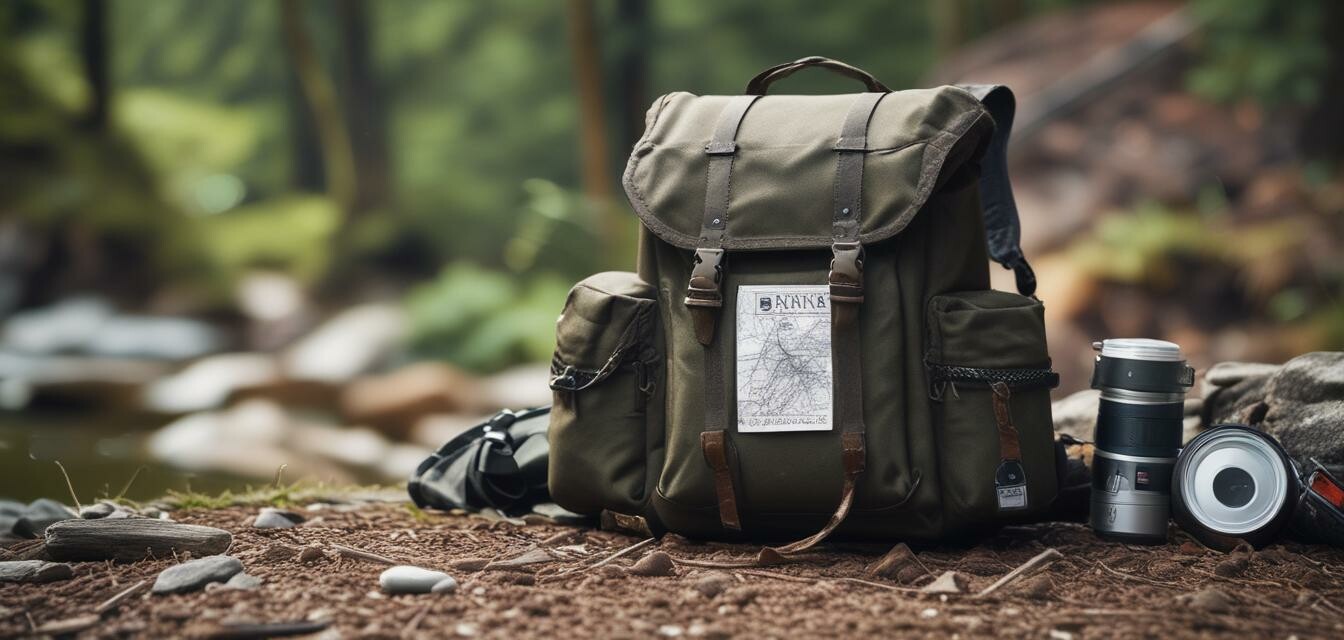
How to Create an Emergency Plan for Backpacking
Key Takeaways
- Always plan for emergencies, even for short trips.
- Include essential gear in your Dakine pack for safety.
- Review your emergency plan regularly and adjust as necessary.
- Communicate your plan with a trusted person before heading out.
Backpacking is a thrilling way to explore the great outdoors, but it also comes with its own set of risks. Creating an emergency plan can help ensure your safety during your adventure. Here’s a comprehensive guide on what you need to include in your emergency plan and how to pack your Dakine backpack effectively for safety.
Understanding the Importance of an Emergency Plan
Before you set out on your backpacking journey, understanding why an emergency plan is crucial becomes apparent. It is not merely a set of guidelines; it’s a lifeline that helps you respond to unexpected situations. An effective emergency plan includes the following components:
- Awareness of potential risks: Terrain, weather, wildlife, and personal health.
- Communication protocols: How to contact help if needed.
- Resources and supplies: What you need to have in your backpack.
Key Components of Your Emergency Plan
Your emergency plan should be well thought out and include the following crucial elements:
| Component | Description |
|---|---|
| Route Planning | Outline your planned route with estimated times and waypoints. |
| Emergency Numbers | Have pre-saved emergency contact numbers for the locations you’re visiting. |
| First Aid Kit | Pack a well-stocked first aid kit tailored to your group’s needs. |
| Food and Water | Ensure you have enough supplies for unexpected situations. |
| Emergency Shelter | Include gear that allows you to create a shelter if needed. |
Essential Gear to Pack in Your Dakine Backpack
Now that you understand the importance of an emergency plan, let’s focus on what to pack. Here’s a list of essential gear you should consider including in your Dakine pack:
- First Aid Kit: Include bandages, antiseptic wipes, pain relievers, and any personal medications.
- Multi-tool: A versatile tool can assist in a variety of scenarios.
- Map and Compass: Always carry a physical map, as GPS devices may fail in remote areas.
- Flashlight: A reliable flashlight with extra batteries for visibility after dark.
- Emergency Blanket: Lightweight and compact, it can provide warmth and shelter.
- Whistle: A loud noise can draw attention to your location in emergencies.
- Fire Starter: Waterproof matches or a flint striker to help in navigation and warmth.
Steps to Create Your Emergency Plan
Creating your emergency plan can be straightforward if you follow these steps:
- Assess the Risk: Evaluate the environment and the potential risks associated with it.
- Gather Information: Research the area you’ll be visiting, including local emergency numbers.
- Prepare and Pack: Ensure that your Dakine backpack is equipped with the necessary items listed above.
- Communicate: Inform a friend or family member about your plan and expected timeline.
- Review and Practice: Regularly review your plan and conduct practice drills if possible.
Additional Packing Tips
Tips for maximizing functionality in your backpack
- Use packing cubes to organize your clothing and gear efficiently.
- Distribute weight evenly to enhance comfort and reduce strain.
- Keep frequently used items at the top of your backpack for easy access.
- Utilize external sections of your Dakine pack for gear you need to access quickly.
What To Do in a Crisis
If you find yourself in an emergency situation while backpacking, follow these basic steps:
- Stay calm to help you think clearly.
- Assess the situation: Evaluate your location and resources.
- Signal for help using a whistle or reflective materials.
- If feasible, attempt to return to your planned route.
- Conserve your energy and wait for help if you are unable to reach safety.
Conclusion
Creating an emergency plan for backpacking not only boosts your safety but also enhances your overall outdoor experience. A well-prepared Dakine backpack equipped with essential gear and a solid plan can make a world of difference. Always remember to communicate your plan to a trusted individual and review it before every adventure. Prepare for the unexpected, and your backpacking journey will be both fun and safe!
Pros
- Increased safety and preparedness
- Peace of mind while enjoying nature
- Better decision-making during emergencies
- Improved navigation and support resources
Cons
- Time-consuming to create and implement
- May require additional gear purchases
- Can be overwhelming for beginners
- Requires regular updates and practice